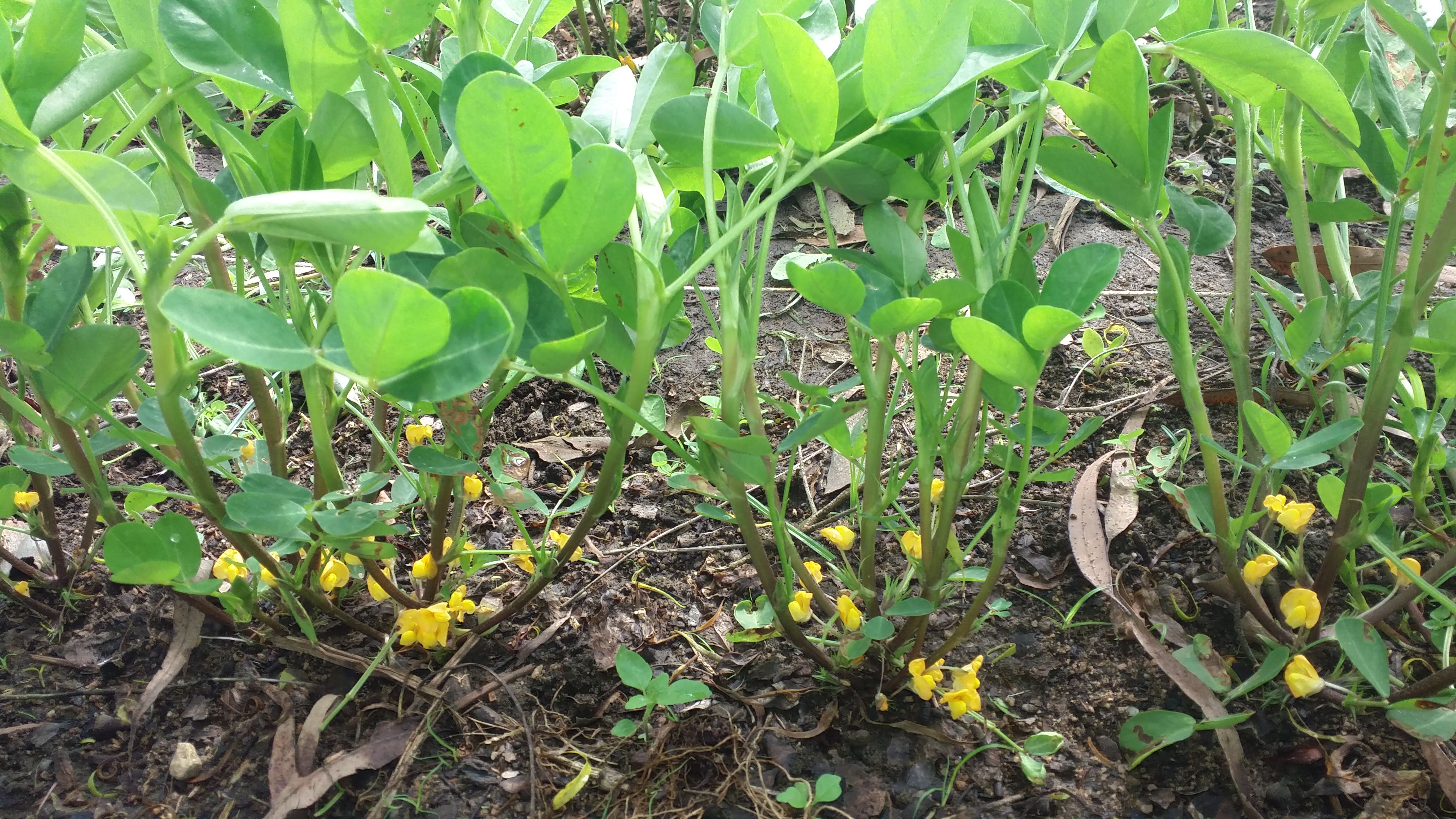Peanut productivity obtained from cultivars arranged in cultivation systems
DOI:
https://doi.org/10.17648/sas.v1i2.87Keywords:
Planting densit, Legume, Grain, PhytomassAbstract
Peanut (Arachis hypogaea L.) is one of the main oilseeds grown in Brazil and in the world and considered one of the most important crops among legumes, alongside beans and soybeans. The production of this vegetable in Brazil has grown considerably, as the confectionery and savory market has also grown, where peanuts are used as a complement. In order to meet the needs of the producer and make peanut production profitable, research institutions develop and make available for production cultivars of with adaptable characteristics for certain regions, however the success of a crop does not depend only on the correct choice of the cultivar but also other factors that directly affect productivity and production. The present study aims to test peanut cultivars with upright and prostrate growth and cut densities on phytomass and grain production. Peanuts were grown under field conditions, in a randomized block design, in a 4x5x2 sub-plot scheme, BR1, TATU ST (vertical growth), Runner IAC 886 and IAC 503 (prostrate growth) and densities of 8.11, 14,17,20 and with and without cut of the aerial part. The evaluations were carried out under field and laboratory conditions, using a sample of 10 plants per plot. The increase in density provided a considerable increase in the number of gynophores as well as in the height of plants of erect size. The cut associated with the correct density for each cultivar provides in addition to the use of almost the entire peanut plant, it allows improvements in the development of the plant, thus being able to increase its production and productivity.
Downloads

Downloads
Published
How to Cite
Issue
Section
License
Autores concordam com os seguintes termos:
a) Os autores mantêm os direitos autorais e concedem à revista o direito de primeira publicação, com o trabalho simultaneamente licenciado sob a LicençaAttribution-NonCommercial-ShareAlike 4.0 International, que permite o compartilhamento do trabalho com reconhecimento da autoria e publicação inicial na Revista SAS. A licença permite o uso, a distribuição e a reprodução irrestrita, em qualquer meio, desde que devidamente citada a fonte. Essa licença permite também que outros remixem, adaptem e criem a partir do seu trabalho para fins não comerciais, desde que atribuam a você o devido crédito e que licenciem as novas criações sob termos idênticos.
b) Não cabe aos autores compensação financeira a qualquer título, por artigos ou resenhas publicados na South American Sciences.
c) Os conceitos expressos nos artigos publicados na South American Sciences são de inteira responsabilidade de seus autores.








